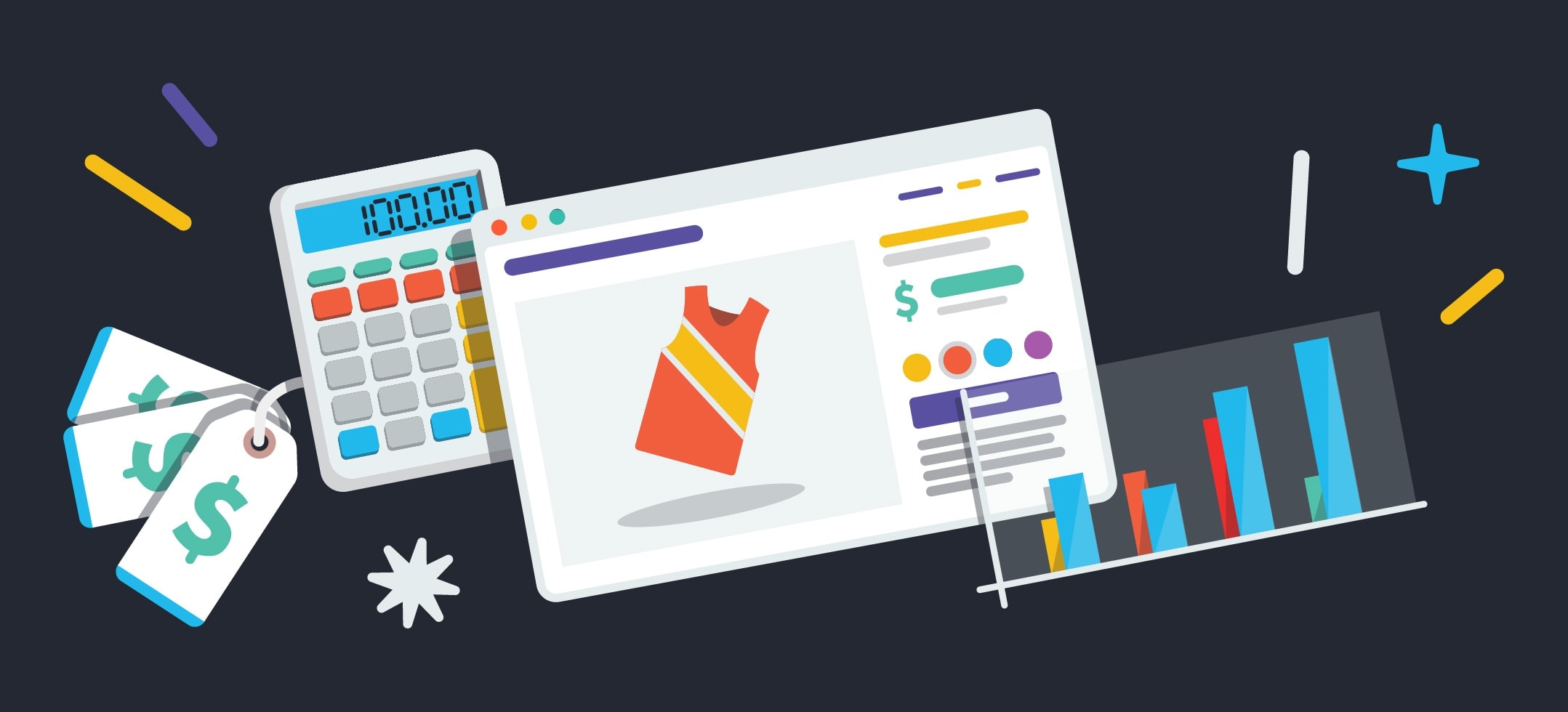
How to Price Your Products: An Easy-to-Use Guide
Product pricing is no easy feat. Overprice your items and customers might click off of your store and run to your competitors. Conversely, price your merchandise too low and you may not make enough profit to run a sustainable business. Not to mention, you also run the risk of shoppers assuming that your product is low-quality which is not ideal!
Pricing your products is about striking the right balance between the two outcomes, but that’s often easier said than done.
According to Charles Toftoy, associate professor of management science at the George Washington University, pricing your products is “probably the toughest thing there is to do… It’s part art and part science.”
Luckily for you, there are a few things you can do to try and find your optimal price, and we’re going to lay them all out for you here in this blog post.
Excited to find out more about product pricing? Great. Let’s dive in!
Understand Your Market
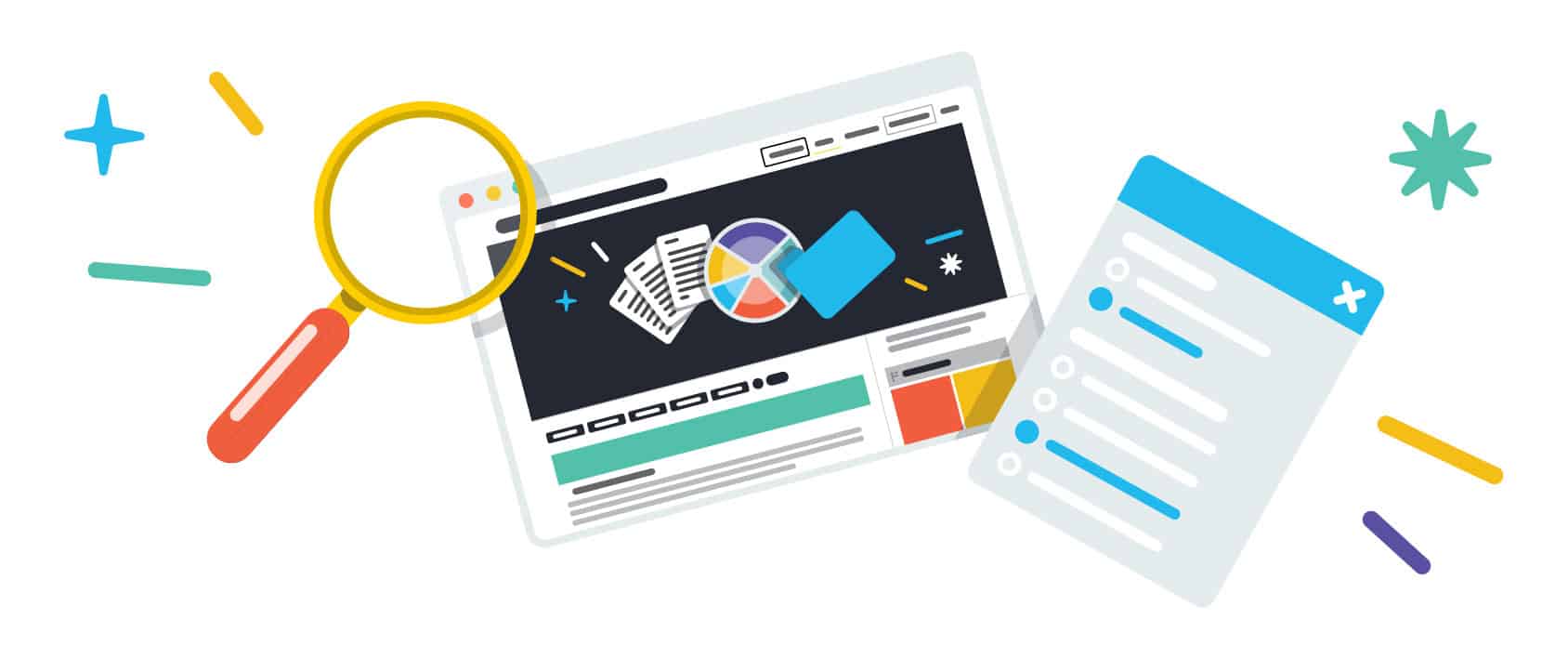
Before you’re able to price your products, you need to consider how much customers are willing to pay. This means doing some competitor and market research. By the time you’re done, you should have a better feel for how much customers are willing to spend on your products.
So, first things first, head to your competitors’ online stores and use the prices of their products as an initial gauge. With this information at your disposal, you can either match these prices or over/undercut them.
Ideally, when studying competitors, you want to make accurate like-for-like comparisons in regards to their pricing and yours. This means comparing your net costs to theirs, not just the price of the merchandise listed on their website. You can find out (or at least estimate) this information by scouring published data and public records such as industry whitepapers, corporate records, financial reports, etc.
To collect more market research, you can also:
- Send informal surveys out via an email campaign by providing your audience with hypothetical product descriptions and asking what price range they would be comfortable paying for them.
- Keep up to date with industry news regarding trends in consumer shopping habits, consumer buying preferences, and industry innovations.
- Hire a third-party consulting firm to gather market research data on your behalf.
In addition to all the above, you could also break down your customers into smaller groups and analyze them. Are they budget conscious? Are they after something of exceptional quality? Does status make a difference to them?
Once you have a better idea of which category the majority of your consumers fall into, you can use this information to guide your product pricing strategy.
It’s Not Just Product Pricing That Matters—It’s Your Sales Ability
Yes, you read correctly.
The price of your products alone doesn’t drive sales. Instead, what does drive sales is your ability to drive traffic and market yourself as a brand. This means creating and executing a sales strategy. So, if you haven’t already got one in place, this needs to change.
Invest time in learning how to market yourself online effectively. Split test your strategies and keep an eye on what bears the most fruit with your audience. This is just as important as pricing your products correctly!
Pick the Best Product Pricing Technique for Your Business
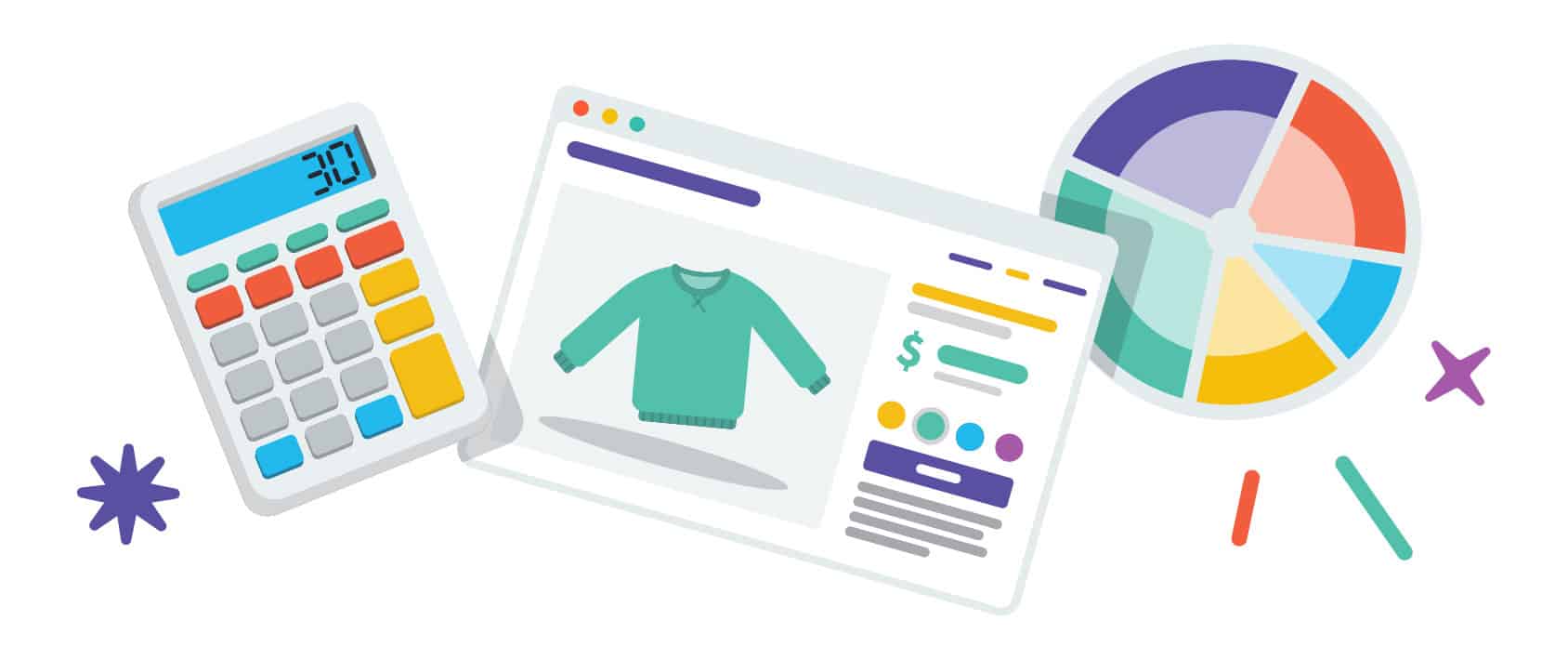
There are a fair few pricing techniques out there, so be sure to explore them all and choose the best one for your business. But, we have to stress that there isn’t one surefire formula that suits all products and markets.
The following are a couple of product pricing models you could use.
The Cost-Plus Product Pricing Model
The cost-plus pricing model requires you to add a percentage amount of markup to your breakeven costs (which are your direct product material costs, labor costs, overhead costs for the business, etc.).
The size of this percentage varies on the products you’re selling, your niche, and your business model. As such, you’ll need to use your experience as well as industry norms to help you work out an appropriate markup for your products.
Interestingly, the average restaurant makes around a 4% profit margin whereas ecommerce stores make anywhere between 5% and 40%. So as you can see, there’s a huge range as to what your percentage markup can be.
You should be aware, however, that the cost-plus pricing model isn’t without its limitations. Its biggest drawback is that it assumes you’ll sell all your units. So, if you don’t sell all your merchandise, the profit you make is lower than you calculated.
The Value-Based Product Pricing Model
This model works similarly, but your profit margin revolves around the value customers attach to your products. So to utilize this product pricing model, you need to know your market inside out in order to understand what they perceive the value of your products to be.
Consumers perceive product value based on many factors such as availability, exclusivity, quality, performance, innovativeness, value added to their lives and more. Those are just a few examples, so think about what your target audience thinks is important and evaluate how your products measure up to their expectations.
So although a cost-plus product pricing model might indicate that you price your products at a 20% profit margin, if you know that your target market would pay a price that earns you a 35% profit margin because of how much value it brings them, then you could price your products the value-based way, rather than the cost-plus way.
To get started, you’ll likely want to compare your products to your competitors’ if you choose this product pricing model, just to see what consumers are willing to pay for what already exists on the market.
What is a Breakeven Point?
Both of these models require an understanding of what your breakeven point is.
So, what is it?
In short, your breakeven point is the precise number of units you need to sell to cover all your costs (both your fixed and variable expenses) to make $0 in profit.
By breaking even, you neither make a profit or a loss. So, any money you make past your breakeven point forms part of your total revenue/profit. Whereas, anything below your breakeven point is a loss.
Why Bother Calculating Breakeven Analysis?
The main reason you want to conduct a breakeven analysis is to work out how long it will take for you to turn a profit. You can also use this calculation to measure profit and loss over different periods of time. Consequently, you’ll get a better handle on how changing your product price impacts your profit.
In addition to that, breakeven analysis is also an excellent figure to show investors. You can easily use and display this data to show how profitable your business is (or will be).
How Do I Calculate My Breakeven Point?
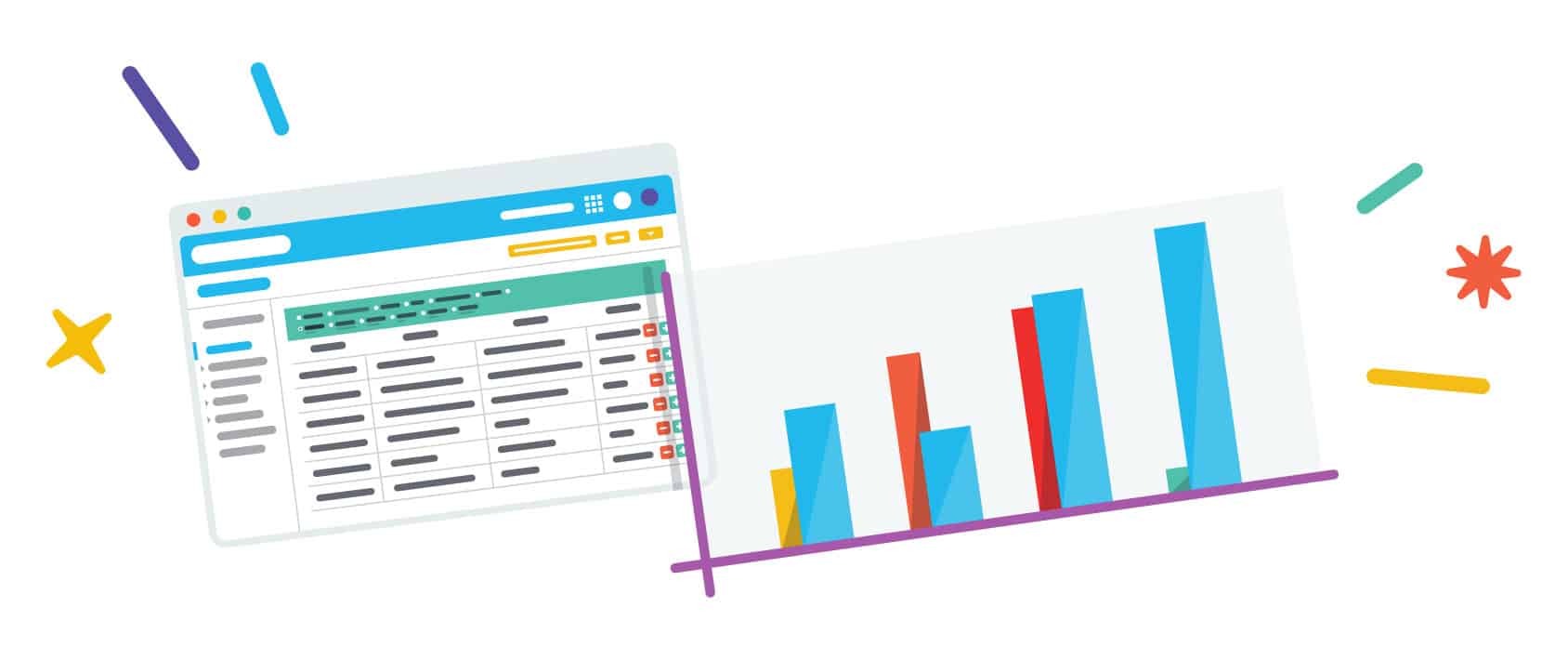
There’s a simple formula you can use to find out your breakeven point. It is:
- P is your selling price (what you charge your customers)
- X is the number of units you’ve sold
- VC stands for variable costs
- TFC stands for total fixed cost
Whereas, to calculate your Contribution Margin—you use this to measure the incremental profit you generate when you sell an additional unit beyond the breakeven point—you need to use this formula:
Accurately Working Out Your Costs
By accurately working out your costs we mean taking into consideration all of the costs you incur to get your product out the door. This includes:
- Direct Payments: This is a specific kind of variable cost. It’s the money you’ve spent developing your product(s).
- Variable Costs: These expenses will increase as you sell more. For instance, materials, packaging, marketing, etc.
- Fixed Costs: These are the overheads that remain consistent, no matter how many sales you make. For example, rent, utilities, wages, etc.
Let’s look at these three different costs in a little more detail:
Direct Payments
If you’re ordering your products from a wholesaler or a dropshipping company, then calculating the amount each unit costs to acquire is much simpler. It’s just the amount each product from your supplier costs!
But, if you make your own products, you’ll need to delve deeper. For instance, how much do all the materials cost to make one unit? That’s in addition to factoring in the time you spend creating your merchandise.
Your time is valuable. Period. So always consider this when calculating your direct payments.
Unsure of how to calculate the value of your time? First off, set the hourly rate you want to earn then take that figure and divide it by how many products you’re able to make in an hour.
Fixed Costs
Like we’ve already said, your fixed costs are the expenses that stay the same regardless of what or how much you sell. It’s easy to push this figure to the side and try to forget about it but as tempting as that is, don’t.
You need to make it your goal to cover these expenses by making sales, which as we’ve already outlined, means conducting a breakeven analysis.
Your fixed costs don’t extend to your inventory. But, it does cover all your one-off start-up costs and your monthly-fixed expenses. For instance:
- Your business license
- A custom web domain name
- Your logos and images (if you’re outsourcing your graphic design)
- Your content creation and copywriting (again, if you’re outsourcing these tasks)
- Your website theme (if you’re opting for a premium theme)
- Advertising and selling costs
- Any paid-for website apps and plugins
- Any business software you use to help manage and automate your business
- If you’re borrowing money, such as business loans, any costs that come with that
- Your salary
- Capital for future expansion
There are other examples of fixed costs, but for now, you get the idea.
Our best advice is to create a spreadsheet listing all your monthly expenses. This helps to ensure you take all your fixed costs into account.
Variable Costs
Again, as we’ve already alluded to, your variable costs include:
- The price of your product
- Your inventory
- Your shipping
- Shipping from your supplier to you
If you’re not dropshipping your products, you’ll need to get your suppliers or wholesalers to ship your products to you or to a third-party fulfillment company you’ve hired.
Either way, you need to factor the cost of getting your inventory shipped over to the correct place. To find out what your shipping cost per unit is, you’ll have to contact your supplier directly.
Some other variable costs to be aware of include:
- Import Duty Tax: If you want to reach an international audience, you’ll need to take note of the import duty tax that comes with shipping overseas. If you’re unsure of what that is, don’t worry! You can use a duty calculator to help determine these figures.
- Amazon Fulfillment: This cost is only applicable to the Amazon sellers out there. Since Amazon doesn’t warehouse and ship your merchandise for free, you’ll have to pay their multi-channel fulfillment fees. You can use Amazon’s calculator to find out how much this costs.
- Credit Card Fees: Depending on the payment gateway you’ve opted for, you’ll usually have to pay credit card fees. These are typically around 2.9% plus $0.30, but as we’ve already said, this depends on your credit card processor so make sure that you check their rates and factor those figures into your variable costs.
Product Profitability Calculator
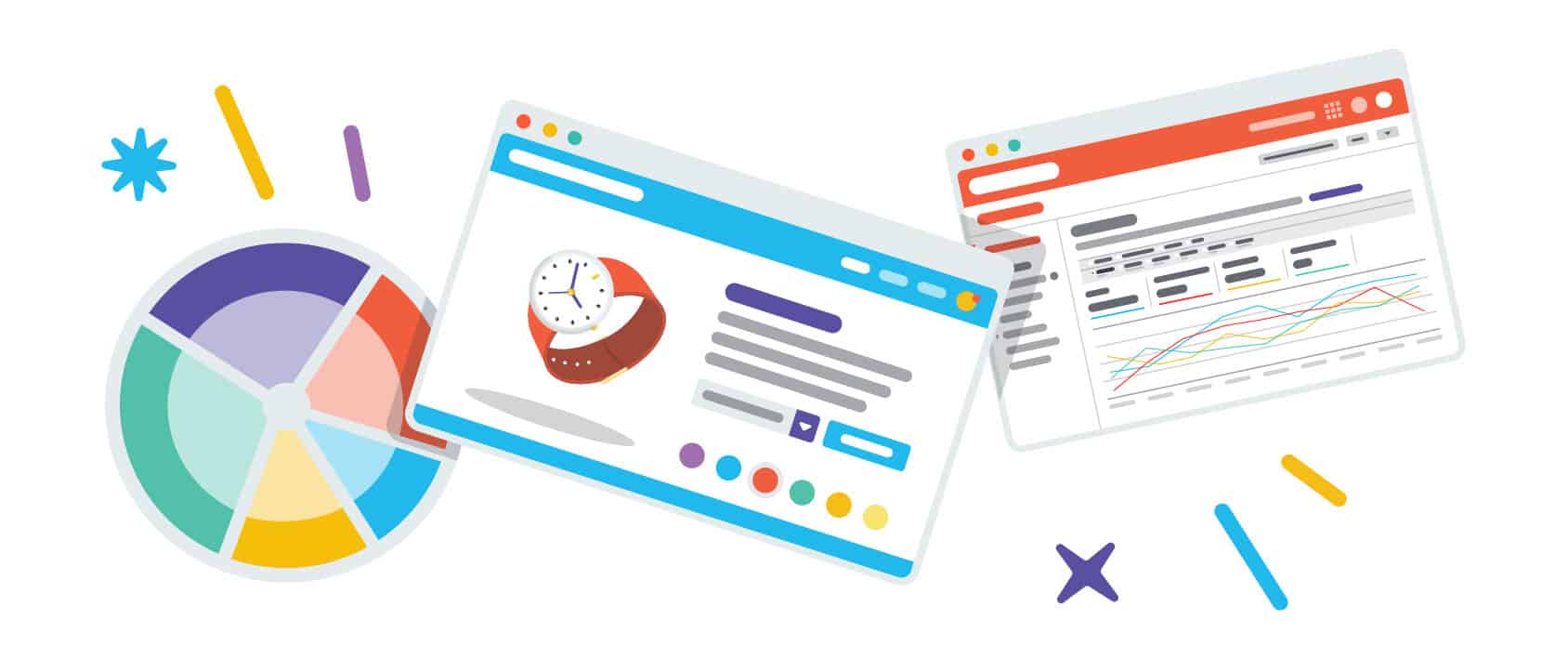
There are plenty of online calculators explicitly designed to help you calculate your total variable costs per unit and your breakeven cost— such as this breakeven calculator, for instance.
Just plug in all your figures and the calculator will do the leg work for you. This specific calculator does two things:
- It tells you the number of products you need to sell to breakeven
- It tells you how many units you need to shift before you achieve your target profit
To find out your breakeven profit, leave the target profit at $0 and then plug in the figure you have for your total fixed costs.
Now, add your target selling price per unit. Your target selling price is how much you want to sell each unit for.
Once you’ve done that, you’ll know the number of units that need selling to cover all your expenses and, therefore, break even.
If, after having made these calculations, you realize that you need to sell an excessive amount of units before breaking even, consider whether this route is a realistic plan for running and maintaining a sustainable business.
If you decide that it isn’t, consider the following:
- Can you raise the price without scaring off your customers?
- Is there a way you can reduce costs?
- Can you choose more profitable products?
Don’t Forget to Consider Other Factors
Don’t make the mistake of forgetting other things that affect your profit margin. For instance:
- Sales Tax/VAT
- Regional differences in consumers trends and disposable income
- Whether you need available cash flow in case some of your customers pay late, or in increments (if this is applicable to your type of business)
It’s essential to consider all the above to ensure healthy cash flow.
Be Prepared to Make a Change
Remember that the price of your products isn’t written in stone; you can change your mind and try something new. Just because you launch a product at a certain price doesn’t mean you have to stick to this cost forever. Like the majority of things in your business, your prices will evolve.
So, be open to changing your product prices; there are several variables that could impact the cost of your merchandise. For instance, changes in:
- Your expenses
- Customer demand
- The success of your competitors
This means keeping a close eye on your outgoings and fully understanding your customers’ buying habits. This massively helps you stay on top of your pricing game.
Decide on a Profit Margin
Remember those variable costs we just mentioned? Go calculate that figure. This total is essential for helping you build profit into the price of your products.
When deciding how much of a profit margin you want to make, there are two things you need to consider:
- It’s not just your variable costs you need cover. You also need to make enough sales to break even on your fixed expenses.
- You want to ensure that once you’ve added your profit margin to your expenses, your product price still reflects the going market rate.
These two considerations will put you in a better position to decide on the percentage of profit you want to make.
So, with all these figures in mind, it’s time to figure out your profit margin.
Check out our Profit Margin Calculator to automate the calculation process and get your product profit margin in percentage form.
It’s entirely up to you how much profit you generate for each unit you sell. But, you have to remember the price of your products is what sustains your business. It goes without saying that if you’re running at a loss or just about breaking even, growing and scaling your business will be a challenge.
Keep on Top Market Trends
Needless to say, a change in market trends could prompt you to modify your product prices. Factors that influence industry patterns vary massively from niche to niche, so it’s up to you to keep your finger on the pulse!
If you’re selling something seasonal, this could be a change in weather patterns. Or, if you’re in the health and wellness industry, it could be a new regulation or law that impacts you. Alternatively, if you’re selling leather products or merchandise containing a lot of plastic, then you might want to keep an eye on society’s evolving ethical responsibility views.
Ultimately, you need to make it your mission to stay ahead of the curve and reflect changes in market trends in your product prices.
When to Raise or Lower Your Prices
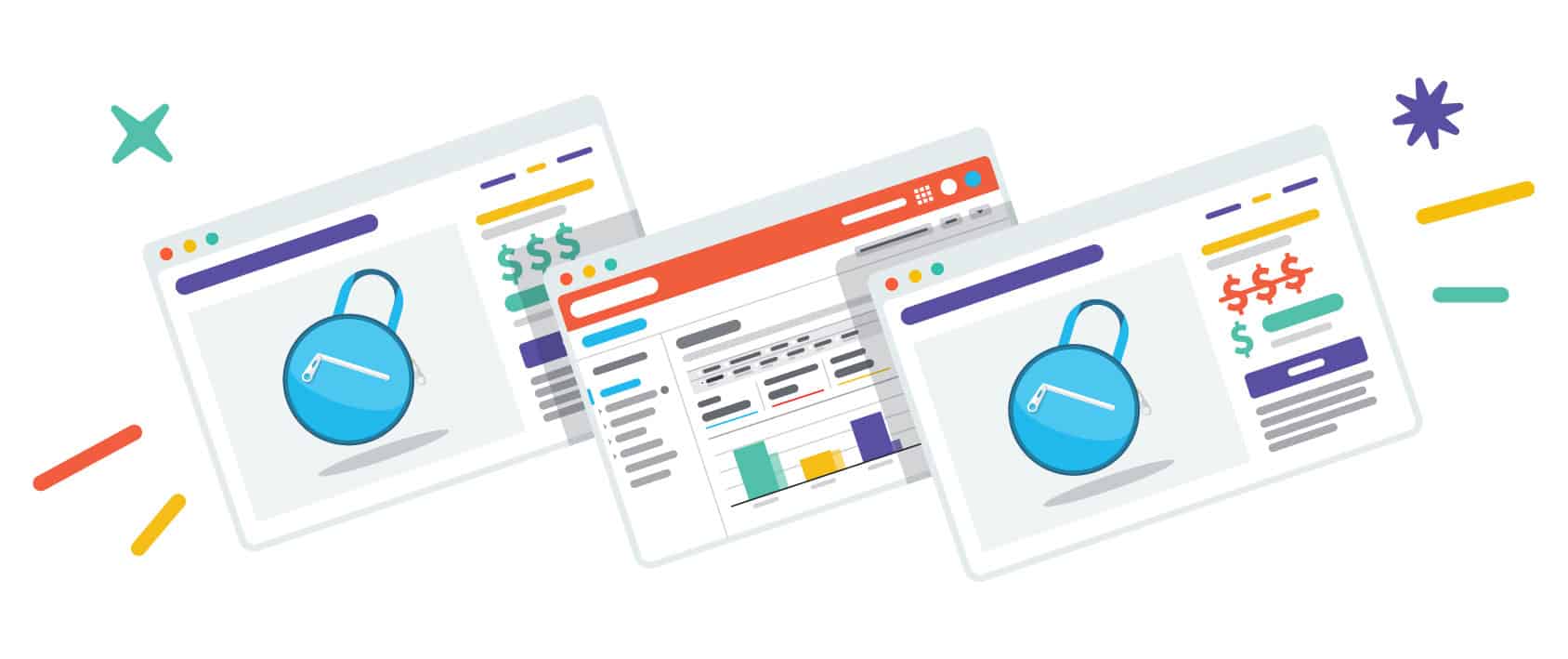
As we’ve already mentioned, you need to test new prices, promotions, and product bundles continually. This is the only way to get to grips with the optimum price for your products. But, every time you modify your pricing, be sure to measure your sales and take note of them. This is the only way to monitor which price produces the best conversion rate.
If you hike your price up too high, you’ll know if you’ve gone too far—your customers will just stop buying from you, and fast.
Also, keep an eye on the competition. If you notice they’ve started charging more for similar products that you’re selling, there’s a good chance your increased price will fall in line with industry norms.
Whatever you do, don’t spike the price of your products overnight. This could put off potential customers and deter them from revisiting your store. So, instead of implementing a sudden increase, have a gradual plan in place. This should span a year or a couple of years. This technique is far less likely to scare customers off.
Alternatively, if you think you’ve missed-judged your ideal demographic by pricing your merchandise too high, you might have to lower your prices. If that has happened to you, try running a discounted promotion to see whether that makes a difference in your conversion rates. Alternatively, consider offering customers a free giveaway to get them to sample your product.
But, on the whole, you typically don’t want to lower prices. The only time you should do this is to accumulate a greater section of the market share. Or, if the majority of your competitors are also lowering their prices based on consumer interests and market trends.
In short, as long as you’re covering your expenses and generating a profit, you can test various price points. By doing this over time, you’ll eventually find the cost that converts the best!
A Few Last Things to Note
Last but not least, we thought we’d round off this article with a few pieces of general advice to help you price your products just right.
Listen to Your Customers
By listening to your customers we mean asking for customer feedback about your pricing and analyzing the responses. Not only does this provide a better insight into the current state of your pricing, but it also helps you build a better relationship with your existing customers. After all, everyone wants to feel like their opinions are heard.
Budgeting is Key
Budget your business expenses for a few months in advance so you can tailor your pricing plan to suit your needs. Look at your sales data and get a rough idea of how many products you’ll sell within a specified period of time.
With this information at your fingertips, you can then look at whether you need to raise or lower the price of your products.
By doing this, you’ll also get a firm grasp on what’s already generating profit. Take some time to examine the profitability of your existing products. That way, you’ll know what you need to do more of (sourcing similar products and marketing them the same way). But, more importantly, you can also stop selling the items that aren’t converting and are losing you money.
If your prices are too high and customers aren’t biting, then you might have to consider sourcing a similar product for cheaper somewhere else (without compromising on quality). This may take a bit of trial and error but it could be worth it in the end.
Ready to Start Pricing Your Products?
We hope having read this article, you now have a better idea of how to price your products. The key takeaway from this article is to price your products thoughtfully so you can build a sustainable business. It really is that straightforward! Then, once you’ve mastered that, be sure to continue monitoring, analyzing, and tweaking your product pricing strategy to ensure that you’ve fully optimized the cost of your products.



